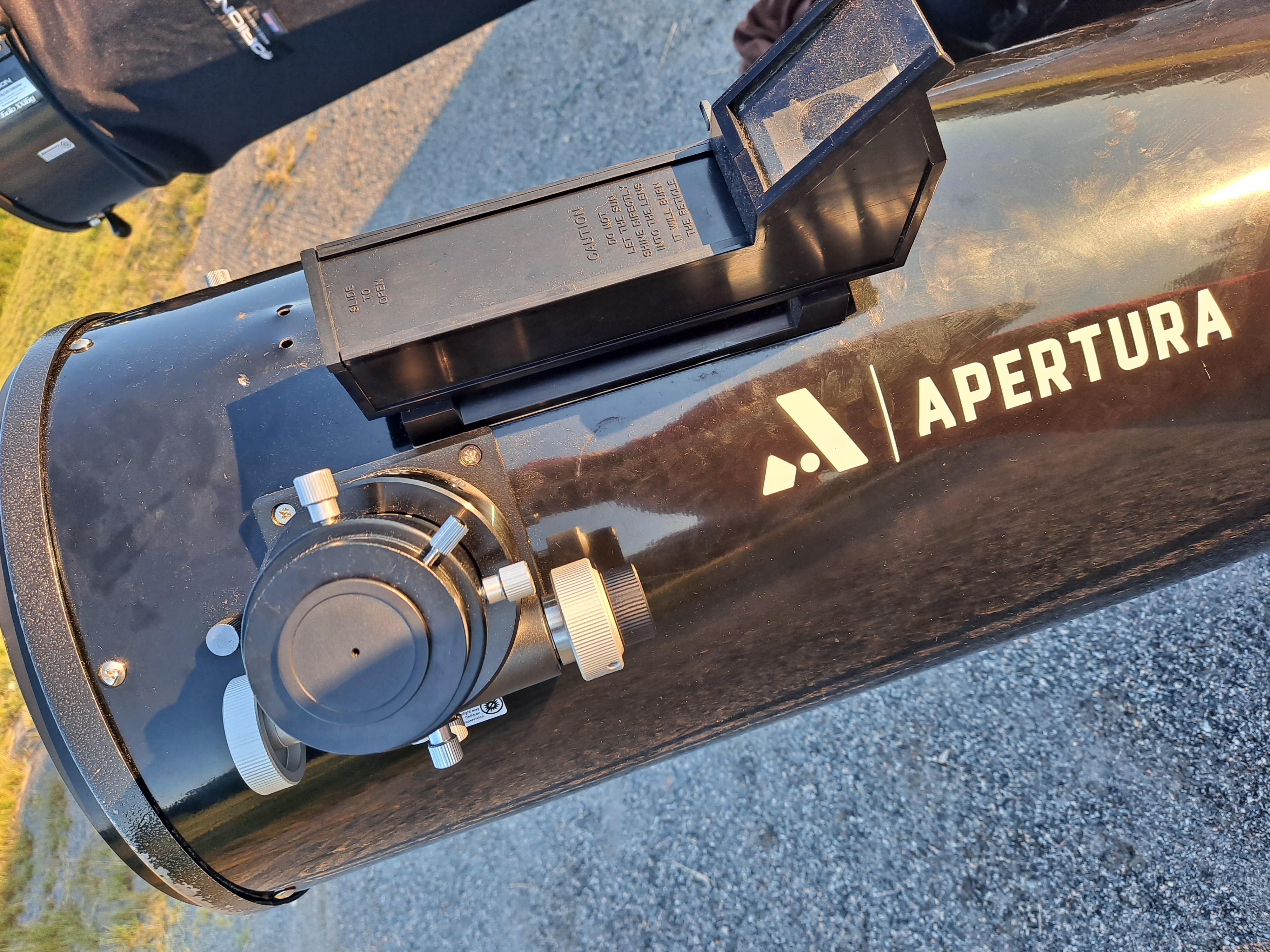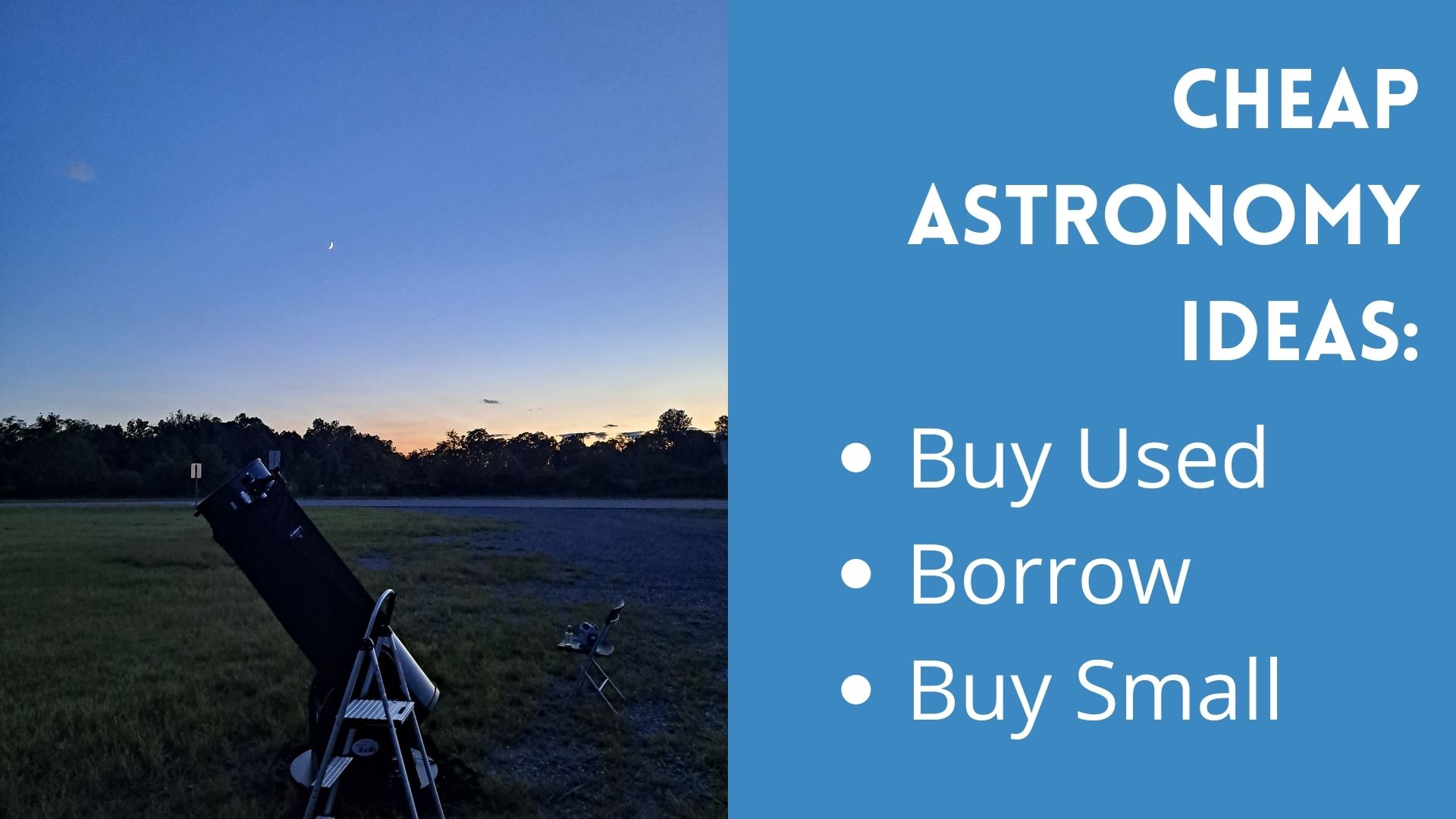Observing indoors through a window seems like a logical solution for observing out of the elements. There are a few things to consider when setting up to observe through a window.
You can observe with a telescope through a window as long as your windows are very clean and the screen is removed. The room should be dark and you will need to use relatively low magnification. The temperature difference between your home and the outdoor air may create distortions in the image and images at high magnification will likely be unstable.
I am sure you have seen telescopes set up in bedrooms and thought that would be a great way to observe without getting eaten up by mosquitos or freezing, but you will be sacrificing some quality for comfort.

The Window
The glass in windows is low quality making it difficult to see distant objects clearly. This can be solved by opening the window to observe.
Double pane windows are even worse because you are adding two layers of low quality glass to your optical path.
You can solve this problem by observing through an open window.
I imagine that you may be observing indoors because the weather outdoors is unfavorable, so this may not be possible. It may also be difficult for your home’s heat or ac to overcome a large open window.
If you choose to observe though an open window be mindful that bugs will likely enter your home.
The View
The position of the windows means that you will be observing objects that are close to the horizon and you will have only a limited piece of sky to observe. Objects closer to the horizon can be more difficult to view because you view them through more atmospheric gasses then objects at the Zenith.
I know some astronomers who have larger windows or excellently positioned skylights that open more sky to indoor observing. If you have a sunroom or partially converted porch it may be a great place to observe.
Even with these limitations, time at the eyepiece is better than no time.
The Temperature
The other consideration is the temperature differential. If you have ever looked through heat that was rising off the sidewalk you have seen the distortions caused by heat.
When you are observing from indoors you will be looking from one temperature zone into another and you may see similar waves of heat.
This will be more obvious at higher magnification, so you may notice it only when trying to view more distant targets.
The air around your home is warmer than the air outside and that will create distortions and may cause issues with condensation in certain conditions.
Can you use a telescope from indoors?
There are several ways to set up a telescope for indoor observing.
Comfort or mobility issues may make observing outdoors difficult or impossible, so an indoor set up can give you time at the eyepiece exploring the skies.
An enclosed porch or sunroom with plenty of windows will give you the most access to the sky, a semi insulated room will decrease the temperature differential that causes distortion.
If you have an attic space available that might be a great place to observe through a skylight.

There are some other things you can do with your telescope from indoors:
- Align your finder
- Collimate your telescope
- Clean your lenses or mirrors
- Learn more about the constellations
- And shop for more gear
Just kidding, I am sure you already have enough eyepieces, but it sure it fun to shop.
Can it be too cold to use a telescope?
One reason you may be observing from indoors is because of the weather. While it may be too cold for you to observe comfortably, your telescope is fine in very low temperatures.
Telescopes are designed to be used outdoors in all seasons and large fluctuations in temperature will not damage your telescope or eyepieces.
There are some things you can do to make observing in very cold weather more comfortable.
Observing in cold weather
Your telescope will need time to acclimate to the ambient temperature, so be sure to give yourself plenty of time to set up and let the scope cool down.
You can sit in your car or in the house while this is happening. I like to read Turn Left at Orion while this is happening, gets me excited to find some new targets.
Clothing for Observing
Wool, I recommend that you invest in as much wool as you can afford. I have wool socks, a wool sweater and a wool hat, but wool base layers are on my Christmas list.
You can also use what you have and layer up. You will get too cold at some point, and you can retreat to your car or your home. Your scope will be fine.
Dew Prevention
When you are observing in very cold conditions dew may form more easily on your optical glass. You can use electric dew warmers to keep the eyepieces, mirrors, and finders warm. This does require you to use some type of power bank.
If you do not use electricity in your current set up, check out these 7 ways to power your telescope.
In this video I show my Thousand Oaks Dew Prevention set up, it may be more than you need, but it will give you an idea of what an electronic dew prevention setup may look like.
Where should I store my telescope?
Telescopes are designed to be used in many different climates outdoors, they are robust to the elements and can be stored in many locations.
Store a telescope in a location as free from dirt and moisture as possible. You can store a telescope in a garage or bedroom if you have space, but it can also be set up in a dedicated backyard observatory.
You can store your telescope:
- In your home
- In your car
- In the garage
- In a shed
- In an outdoor observatory
I have talked to Orion about storing eyepieces in my car and they confirmed that the changes in temperature are not a risk to telescope optics. The biggest concerns are dirt, dust, moisture and security.
Every so often we hear about someone’s gear being stolen and it is always heartbreaking. Astronomy gear is very expensive and it holds its value well. The community is small enough that it may be recoverable if you can track it down on Ebay, Marketplace or in BST Facebook Groups.
The best idea is to keep your gear under lock and key at all times.




